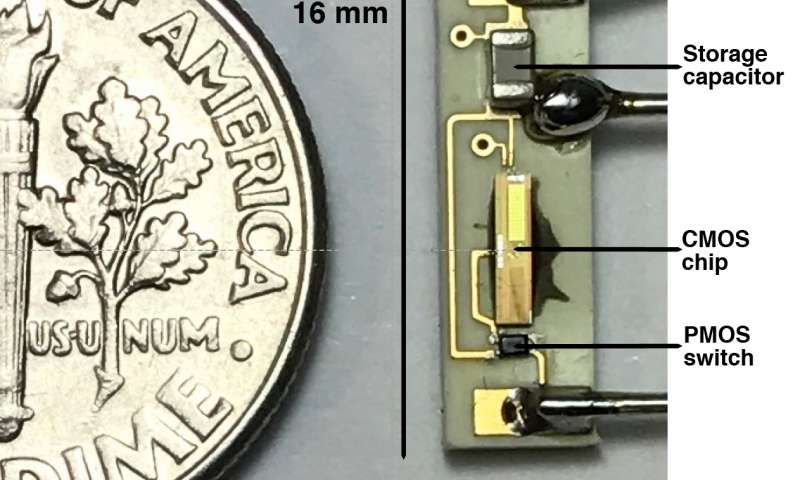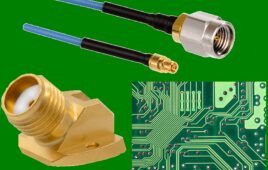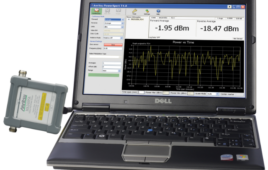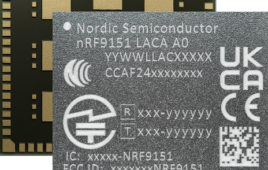Researchers at Rice University are set to introduce a pacemaker without wires or batteries at the 2017 International Microwave Symposium (IMS) in Honolulu, Hawaii. The pacemaker was designed by Professor Aydin Babakhami at Rice’s laboratory of electrical and computer engineering, and attains energy from radio frequency radiation that an external battery pack transmits. The prototype presentation at IMS showed the wireless power transmitter can work centimeters away from the heart.
Pacemakers stabilize a heartbeat by sending electric signals, but usually aren’t directly inserted into the heart. This enables surgeons to periodically replace onboard batteries by performing a minor surgery. The aforementioned electric signals are transmitted to the heart through wires called “leads,” however common issues with this arrangement include complications like bleeding and infections.
According to Professor Babakhani, the wireless prototype mitigates risk by taking leads out of the equation.
“This technology brings into sharp focus the remarkable possibility of achieving the ‘Triple Crown’ of treatment of both the most common and most lethal cardiac arrhythmias: external powering, wireless pacing, and—far and away most importantly—cardiac defibrillation that is not only painless but is actually imperceptible to the patient,” says Dr. Mehdi Razavi, director of clinical arrhythmia research and innovation at THI and an assistant professor at Baylor College of Medicine who worked with Professor Babakhani on developing the pacemaker.
Professor Babakhani also mentioned another recently introduced pacemaker that (like his device) does not have leads, and lacks these same complications. Their form factors, however, limit these pacemakers to a single heart chamber and they can’t provide dual-chamber or biventricular pacing. On the contrary, battery-less, lead-less, and wirelessly powered microchips can be directly inserted to pace multiple points inside or outside the heart.
The chip at the system’s heart is less than four millimeters wide and incorporates the receiving antenna (AC-to-DC rectifier), a power managing unit, and pacing activation signal. A circuit board smaller than a dime connects the capacitator and switch. The chip receives power using microwaves in the electromagnetic frequency spectrum of 8 to 10 gigahertz. The pacing frequency of signals produced is adjustable by increasing or decreasing power transmitted to the receiving antenna, which are stored until they reach a threshold that’s predetermined. At this point, the pacemaker releases the electrical charge to the heart before refilling.
The pacemaker was tested in a pig, where it successfully demonstrated it could tune the animal’s heart rate from 100 to 172 beats per minute. A short paper on the device will be released at the conference, and Professor Babakhami said the invention has prompted new collaborations with other university researchers as his team continues working on further developing this technology.

(Image Credit: Rice Integrated Systems)




